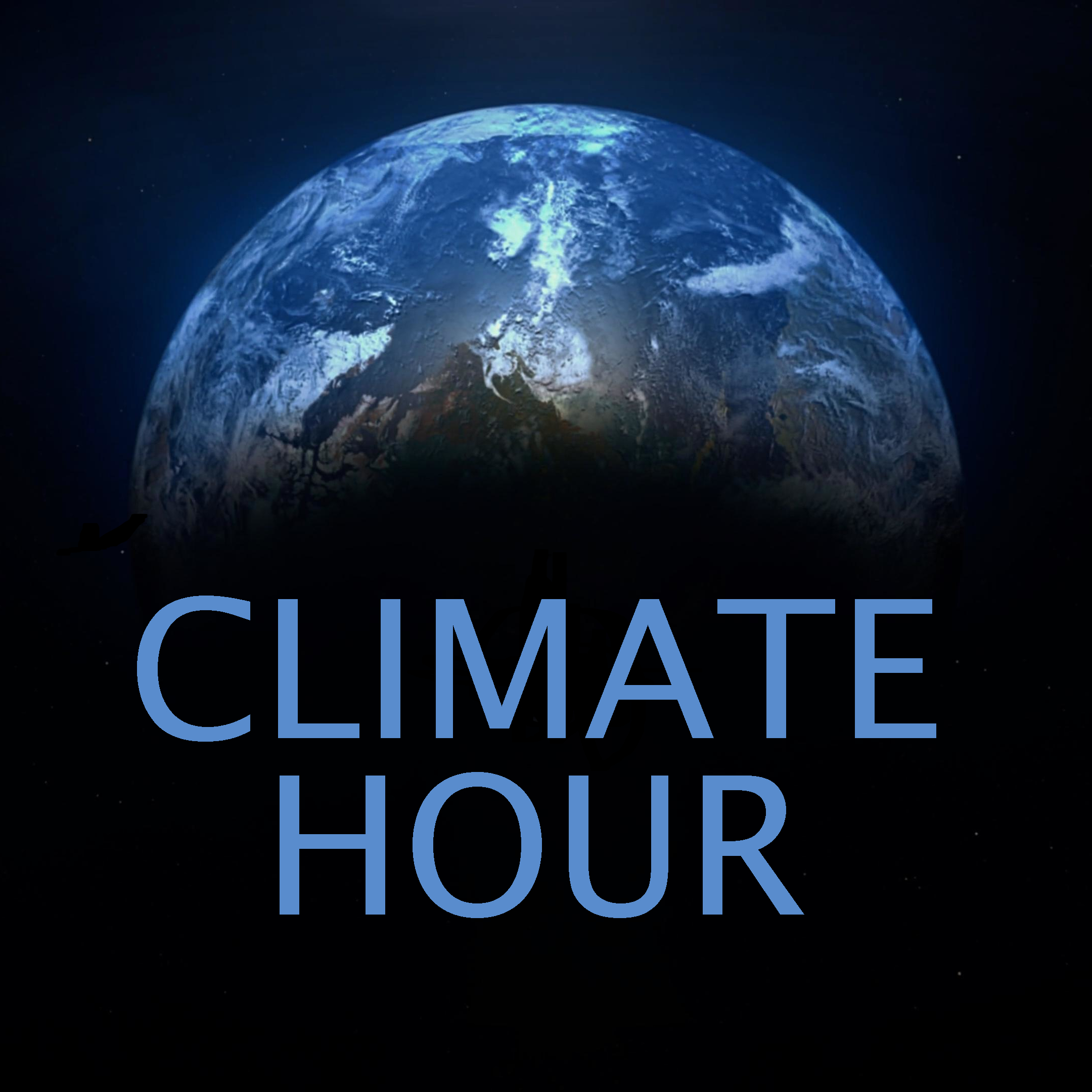CLIMATE HOUR – We as individuals know that we can do things that reduce our personal carbon footprint – things that make us healthier, more secure, save us money – all while helping the environment and reducing climate change. But we also know that it’s going to take collective action to fight the most egregious impacts of climate. And to act collectively, we must engage with our governments to create positive climate legislation and then engage with that legislation to make real-world change.
A good example of this is the United States’ 2022 Inflation Reduction Act. As the name implies, the goal of the legislation is to reduce inflation. But it does that by investing in domestic clean energy production. Analysis by the nonpartisan Congressional Budget Office says that the Inflation Reduction Act raises $738 billion dollars from tax and prescription drug reform, and then spends $783 billion dollars on new clean energy infrastructure and climate change mitigation. This is the largest climate investment in U.S. history. If fully implemented, the law is projected to cut U.S. greenhouse gas emissions to 40% by 2030.
So how do we, as individuals, engage with this legislation to turn these goals into reality? Join host, Bob Grove, and guests to discuss the how to policy work through collective climate action. Guests include:
- James Owen, Executive Director of Renew Missouri
- Jon Dolan, Executive Director of Missouri Solar Energy Industries Association
To learn more, visit …
View other Climate Hour episodes at www.ClimateHour.net.
Podcast: Play in new window | Download (Duration: 50:00 — 34.3MB)
Subscribe: Apple Podcasts | Amazon Music | Android | Pandora | More

